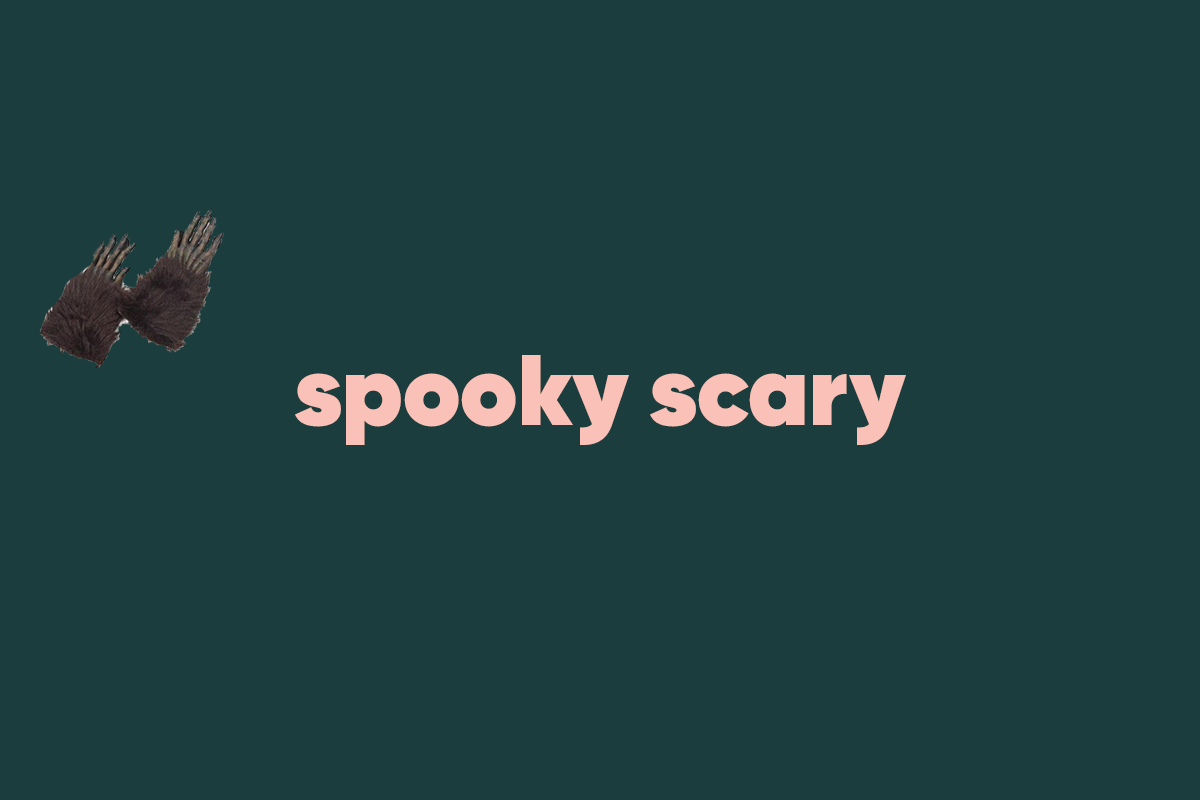I was working late on my haftorah/ when I heard a knock on my bedroom door-a
Chances are good that even if you’ve never seen a whole episode of 30 Rock, you’ve heard the insanely catchy, meta-novelty song Werewolf Bar Mitzvah once or a hundred times. WWBM was the Thriller-inspired video created for the Tracy Jordan character on an episode of Tina Fey’s sitcom based on the behind-the-scenes antics of a Saturday Night Live type show.
Hailed (with good reason) by BuzzFeed as [sic] THE BEST HALLOWEEN SONG IN ALL OF HUMAN HISTORY, WWBM was originally just a tiny sliver of a song and video in a episode where Tracy Jordan (Tracy Morgan) is going through a box of old things delivered by his soon to be ex-wife. That tiny snippet was such a sensation that the producers went ahead and released it as a full length single, now available on Spotify. Alma’s own Emily Burack has called it “the most important Halloween song of our generation.”
And now the prop auction site Screenbid is making it possible for anyone to own an important piece of American Jewish history: the werewolf hands used in the WWBM video.
“Werewolf Bar Mitzvah. Spooky! Scary! These production-used dark brown Werewolf hands are a key element from one of the most memorable bits in 30 Rock history. Tracy Jordan and his backup dancers changed from boys to men to wolves in these costume hands. Begin your own transformation today!”
Novelty jokes aside, WWBM is an important Jewish pop song, one that makes explicit the multilayered connections between Jews and werewolves, highlighting the intersectional experience of being both wolf-man and Jewish-American. Indeed, what is a werewolf if not the original hyphenated identity?
The werewolf as we know him today is really the Wolf Man, an American creation with European roots. In the 1940s Universal Studios established itself as the home of monster horror, setting the template for pretty much all that came after it, whether in homage or reaction. The first Universal werewolf movie was Werewolf of London in 1935, a relative flop. Six years later Universal made The Wolf Man, based on a screenplay by German-Jewish emigre Curt Siodmak. It is Siodmak who is responsible for much of what we know as authentic werewolf lore, including the werewolf’s mark of the pentacle, his susceptibility to silver, and his transformation cycle tied to the lunar calendar (actually not canon until the first Wolf Man sequel, Frankenstein Meets the Wolf Man, also penned by Siodmak).
While werewolf films have had cycles of popularity, it was 1981’s American Werewolf in London which unleashed the most significant modern cinematic wolf man craze. Director John Landis (who went on to direct the “Thriller” video, itself inspiration for WWBM) changed the game forever by insisting on showing the entire transformation from man to wolf. What could only be shown with crude dissolves in Lon Chaney’s day was made brutally real under bright light, with makeup and appliance wizardry, and nary a computer effect in sight.
It’s significant that the movie that reinvented how we see the werewolf was a movie about a Jewish werewolf. Landis based the movie’s main characters Jack and David on himself and his best friend. As David Rothkopf wrote in Rolling Stone, “Hiding a secret deep within one’s body, strange urges, xenophobic glances, accusatory feelings of guilt: David’s condition already has a name…”
We had a reception at the Larchmont Country Club/ they served a real nice brisket and I ate a party sub….then I remembered the premise of my song/ I was at a nice reception but the werewolf part was gone/ so we pulled ourselves together and we’re wolf men again/just in time for monster fight to begin
Not entirely man, not entirely wolf, the wolf-man is seen with skepticism, if not outright hostility, by both sides. It is impossible for him to simultaneously be both man and wolf; he is forced to choose from moment to moment, performing, often quite violently, his conflicting identities.
It would be an absolute shame if no Jewish archive acquired the Werewolf Bar Mitzvah hands. I wrote to Dr. Eitan Kensky, the new Judaica Curator at Stanford University, to ask what criteria the library might apply to acquiring such an important piece of American Jewish ephemera. He told me, “The first thing that I would want to know is, how does the werewolf self-identify? By that I mean, do they consider themselves a werewolf? Are they proud about being a werewolf? Or have they done things to obscure their public identity, such as change their name, or adopt a stage name?”
It’s clear that the werewolf of WWBM, while possibly unsure how to negotiate his multiple identities, never shies away from or erases who he is or what his roots are. Kensky’s other concern — that there be significant faculty interest, or active research on the topic — seems to me easily answered by the werewolf’s positionality as a polyvalent, modern Jewish subject.
Tomorrow you will stand at the bima and pray/but tonight let’s gaze at the moon and bay
What kind of monster begins his day at night? What kind of monster lives by the lunar calendar while the rest of the world is trying to keep up with the sun? I think we know the answer to that. Werewolf Bar Mitzvah was made possible by Landis’s American Werewolf in London, and in it we see the next step, the creation of a new kind of monster, one who dares to center his Jewishness, making subtext into text, while at the same time expressing a new kind of uniquely American hybridity. That’s spooky impressive.



